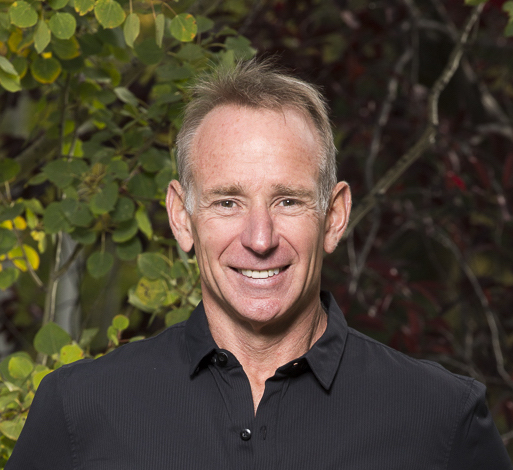Is Your Child A Mouth Breather?
- Ed Harrold

- Jan 18, 2021
- 2 min read
Updated: May 13, 2024
Learn how mouth breathing can be contributing to a myriad of health issues among children

As more research becomes available, we're learning how mouth breathing negatively affects both adults and children.
In children, the harmful effects of mouth breathing are far greater, since it is during these formative years that breathing mode helps to shape the orofacial structures and airways along with physiologic health.
With regards to our physiologic health, mouth breathing can now be tied to a host of health issues. In this post, we're going to focus on sleeplessness that's the result of the mouth breathing. And, how it's often mis-diagnosed as ADHD.
The National Sleep Foundation reports, "Children and adults behave differently as a result of sleepiness. Adults usually become sluggish when tired while children tend to overcompensate and speed up. For this reason, sleep deprivation is sometimes confused with ADHD in children. Children may also be moody, emotionally explosive, and/or aggressive as a result of sleepiness. In a study involving 2,463 children aged 6-15, children with sleep problems were more likely to be inattentive, hyperactive, impulsive, and display oppositional behaviors. "
What's reported in children with ADHD?
Working memory – can’t remember what you told them to do
Flexible thinking – the ability to think of things in different ways
Managing emotions – moody
Self-regulation – explosive outbursts
Organization and planning – trouble getting school work finished
Looks pretty similar to the symptoms of sleep deprivation in children.
According to the CDC, "Millions of US children have been diagnosed with ADHD"
The estimated number of children ever diagnosed with ADHD, according to a national 2016 parent survey is 6.1 million (9.4%). This number includes:
388,000 children aged 2–5 years
2.4 million children aged 6–11 years
3.3 million children aged 12–17 years
Boys are more likely to be diagnosed with ADHD than girls (12.9% compared to 5.6%).
And, these numbers have been growing steadily with 4.4MM in 2003, 5.4MM in 2007 and 6.4MM in 2011.
There are other physiological issues coming to the foreground with our youth as it relates to over-breathing and/or dysfunctional breathing. I am always about root cause. Let's work on moving these children from a mouth breather to a nasal breather and watch how much improves with their health and well-being.
Learn More In Our Life With Breath Expert Series with Dr. Kevin Boyd. On May 19th, we discuss "Optimizing Nose Breathing In PreSchool Age Children". Event Details To Be Announced. Sign up HERE
Here are 2 research papers you can check out:
1) “ADHD and Sleep.” ADHD & Sleep Problems-National Sleep Foundation. National Sleep Foundation, 2017. Web. 11 Feb.2017.
2) Shur-Fen Gau S. Prevalence of sleep problems and their association with inattention/hyperactivity among children aged 6-15 in Taiwan.J Sleep Res. 2006 Dec;15(4):403-14.









Comments